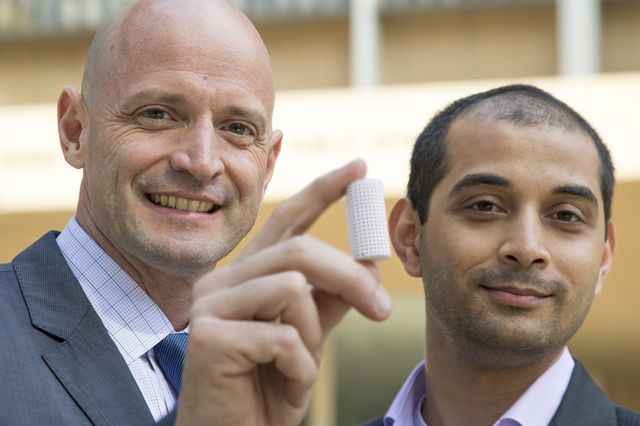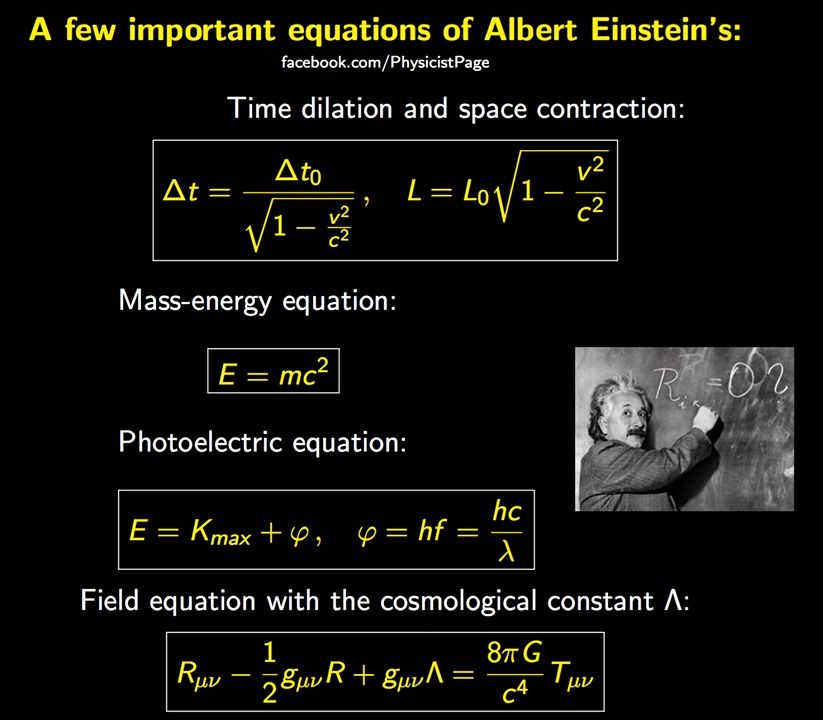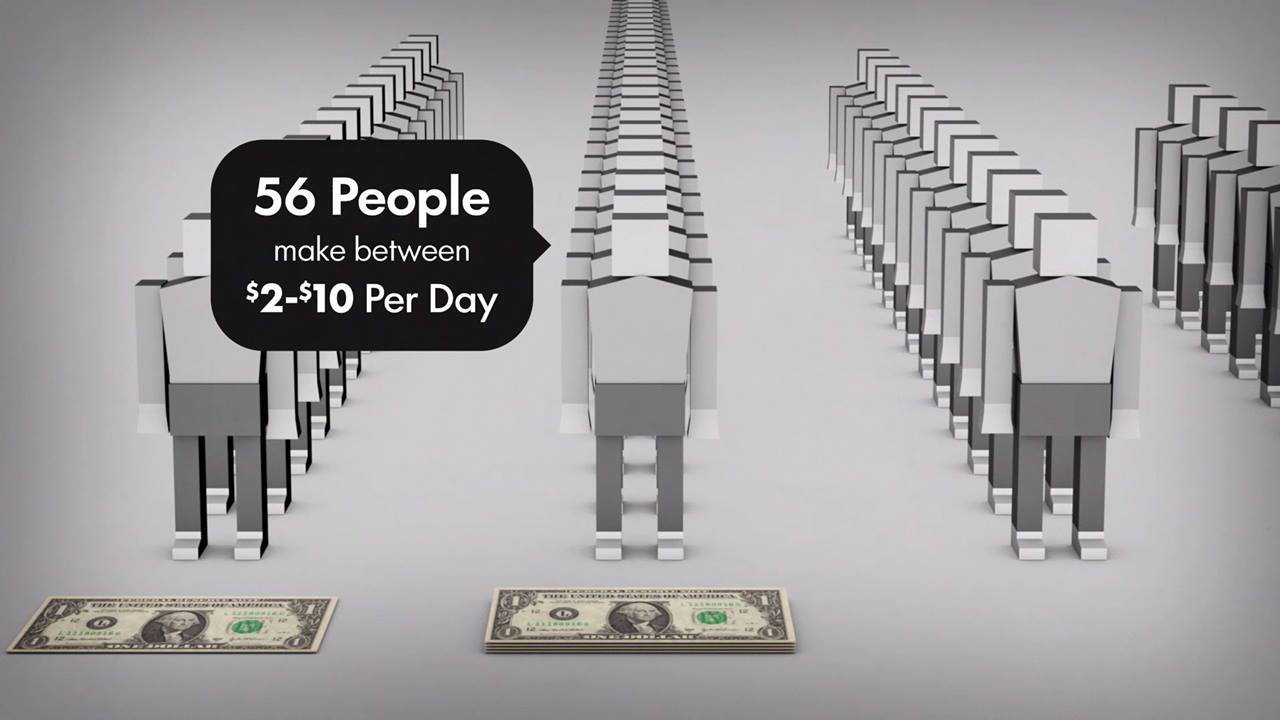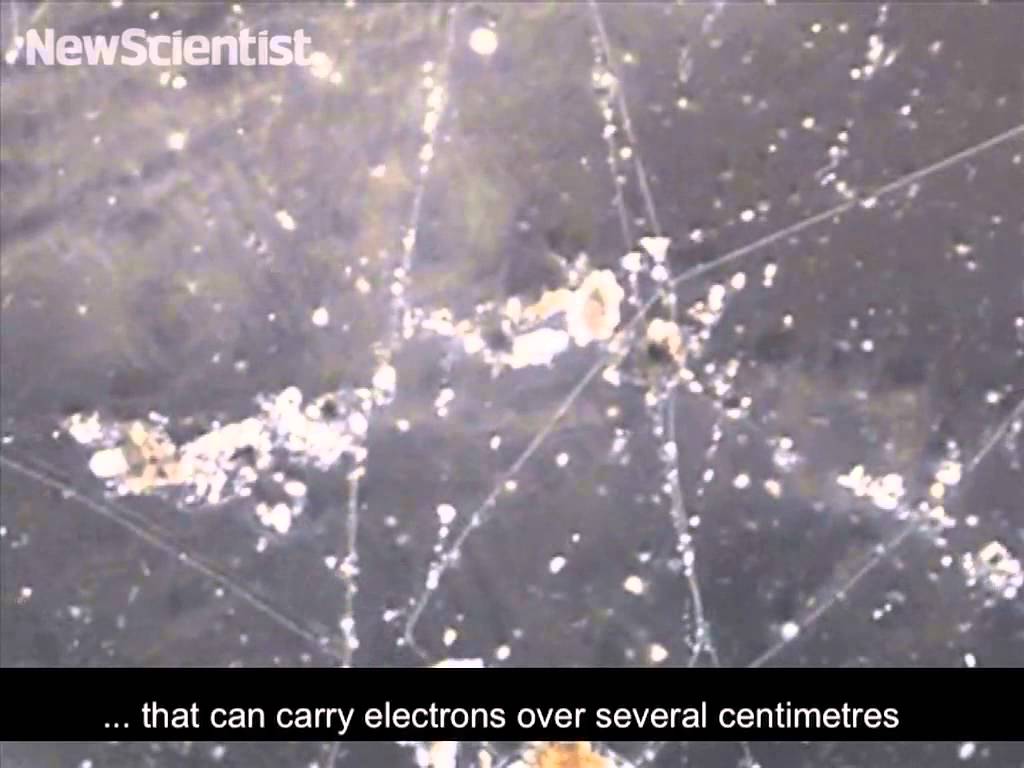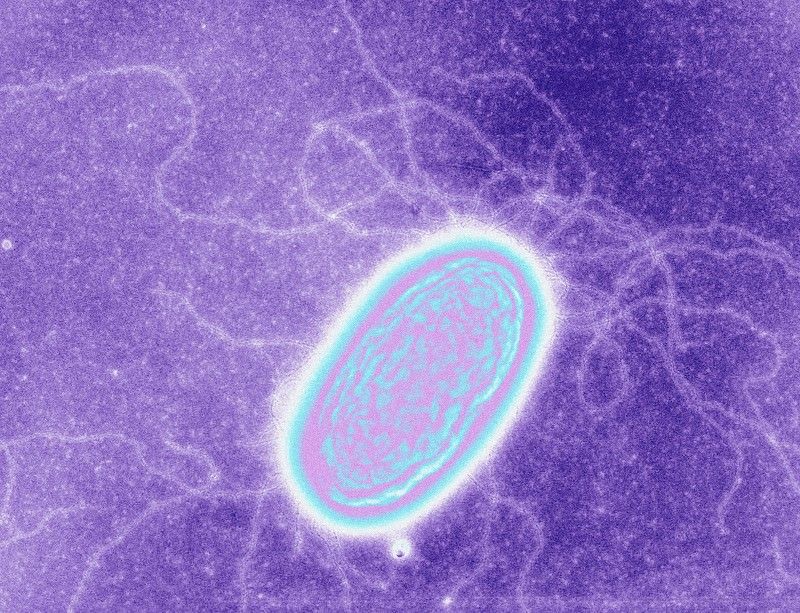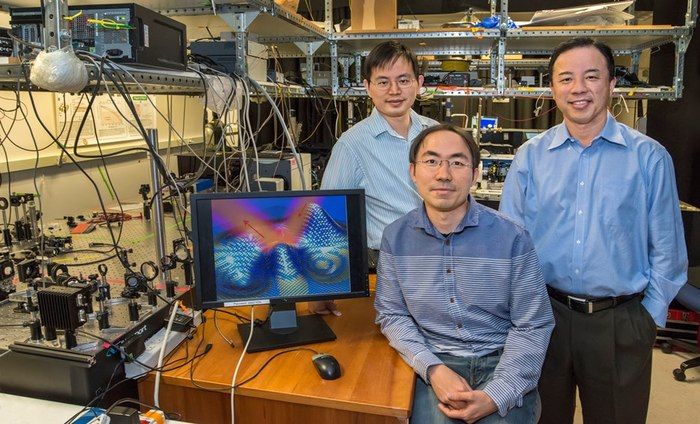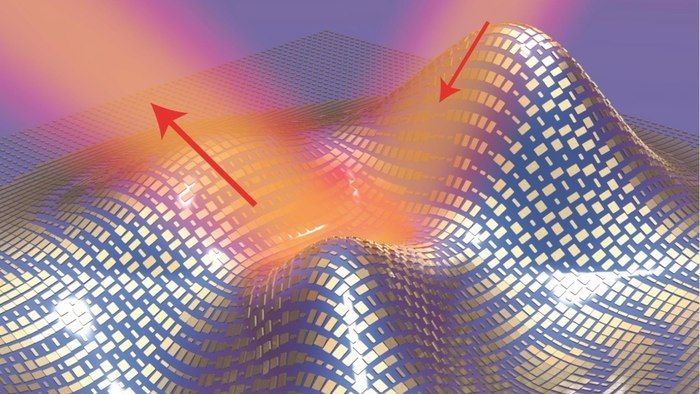Mar 15, 2016
Researchers turn carbon dioxide into sustainable concrete
Posted by Shailesh Prasad in categories: materials, sustainability
Imagine a world with little or no concrete. Would that even be possible? After all, concrete is everywhere—on our roads, our driveways, in our homes, bridges and buildings. For the past 200 years, it’s been the very foundation of much of our planet.
But the production of cement, which when mixed with water forms the binding agent in concrete, is also one of the biggest contributors to greenhouse gas emissions. In fact, about 5 percent of the planet’s greenhouse gas emissions comes from concrete.
Continue reading “Researchers turn carbon dioxide into sustainable concrete” »
